Veteran of Games Workshop James Hewitt Has “Never” Completed a Game
James Hewitt’s resume is quite strong. I rattle off a list of the video games he has created for him, including Adeptus Titanicus, Blood Bowl 2016, Silver Tower, and Gorechosen. He responds with a few more, including Necromunda and Betrayal at Calth. He is well-known for his decades-long career in the tabletop gaming industry, and chances are that he was involved in any boxed Games Workshop game you played between 2014 and 2017.
Although most gamers will be familiar with Hewitt from his time at Workshop, his work on films like Hellboy and Blitz Bowl is equally noteworthy. He started off as a contractor for Modiphius, working on the skirmish-based Fallout Factions game, but now he spends four days a week working on the company’s games in-house. I sat down to discuss everything from Nuka-Cola to Warhammer.
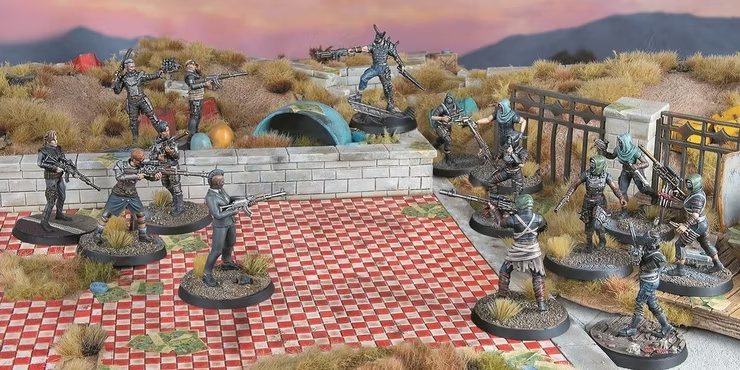
Hewitt tells me on a video call, “I would never consider any game I’ve worked on to be finished.” He clarifies that done is preferable to flawless and that there comes a point at which all of your adjustments and modifications provide diminishing rewards. This is especially true while working under pressure at places like Games Workshop, where Hewitt never had much time to refine his designs except from Adeptus Titanicus. In barely two weeks, after returning from a leave of absence and switching responsibilities inside the company, he founded Gorechosen.
Hewitt was free to work on other projects, but with Blood Bowl’s success, the Specialist Games team, of which he was a member, came into sharper focus, and their long playtests and otherwise serene setting quickly descended into chaos.
After seven years away from Games Workshop, his time at Modiphius is already proving to be a welcome diversion from the hectic design process. Fallout Factions: The first game he hasn’t given up on as soon as it’s been released is Nuka-World. Instead of watching others succeed with his baby, he will be there to support it moving forward this time.
“With Factions, it’s the first time I’ve been involved in the development of a game that I designed,” he says. When I look back at Games Workshop, the first thing I played was Betrayal at Calth, a tactical squad-based combat game based on the Horus Heresy. It seemed so disposable, as if their goal was to create a game that they could package and market with miniatures. I’m extremely pleased of that, and I would have liked it if the series had continued with that set of mechanics and made it seem fresh every time. Instead, I said, “No, I’m going to design a game.”
I did some work on Blood Bowl, but it was primarily pre-release work, and I went on to other projects. Necromunda I designed it before quitting the business. Titanicus was originally supposed to be made of resin, but due to a change in plans, it was altered and faced significant delays. It was originally scheduled to release on the same day as Necromunda, but plans changed. I let it go after that and headed out.
“I’m always watching these games I make get picked up and used for interesting purposes by other people. That’s beautiful in and of itself, but it’s also really fulfilling to be here with Factions because we have so many plans, and I’m here to support them as they proceed.
Constructed Like Necromunda, More Like Blood Bowl
The fact that Factions is designed to appeal to such a broad audience makes it an interesting game. It’s a skirmish game that appeals to Fallout enthusiasts who haven’t played with miniatures before because it exudes that classic Fallout aesthetic and has approachable rules and campaigns. Between missions, you can update over a dozen models in addition to bottlecaps, SPECIAL stats, chems, and deathclaws, albeit their functionality might not always be as expected.
Fallout Factions was originally intended to be a “Necromunda/Kill Team kind of game,” designed to contrast with Modiphius’s intricate, detailed Fallout game, Wasteland Warfare. Hewitt’s explanation of the league play rules, though, is more like Blood Bowl.
You can improve your group of wasteland raiders and not have to worry about being outmatched by a new player thanks to the game’s balance mechanics. Like with Blood Bowl’s incentives, you can level the playing field by buying up stimpaks and RAD from your neighborhood Commonwealth merchant if your roster is a tier below your opponent’s.
Played on a 2′ by 3′ board, matches should last no more than thirty minutes. The gameplay is exciting and fast-paced, with a short setup time. It sounds like the ideal way to spend a night in the bar, and playing in tournaments could be even more thrilling.
Hewitt emphasizes how crucial it is to capture the “vibe” of a game, particularly when modifying an already-existing IP or board game. Even when moving from digital to tabletop, translating mechanics is not always successful in the new format. Through a process he calls “game archeology,” Hewitt has acquired this knowledge through adapting hundreds of games, including Blood Bowl 2016 (you know where this is going), Hellboy (which is based on, well, Hellboy), and Warhammer Quest: Silver Tower (which is based on Warhammer Quest and Hero Quest).
Hewitt and the seven main members of the design team operate from the Nottingham office of Modiphius, despite the company having a large number of remote workers. “It’s just easier to get around a table and try things out when you’re working on a board game or something,” he says.
Nevertheless, when he needs to decide on Factions, he invariably turns to the video games. “In Fallout 4, I have multiple saves that I can access and use cheats to explore the area, or I can go to the weapon crafting table and build some weapons to see what the game offers.”
Hewitt claims that Factions is his favorite game he has ever made, right up there with Titanicus. However, I don’t think it’s just a coincidence that his two favorite games are the ones he had nine straight months to design. The end product is more polished, the process is less stressful, and the design might support more testing and iterations. Who would have guessed that giving your designers plenty of time and resources would lead to better products?
Next week, check out part two of our interview with James Hewitt at TheGamer, where we talk about how his approach to game design was impacted by an adult ADHD diagnosis and more anecdotes from his time working for the largest toy soldier company in the world.




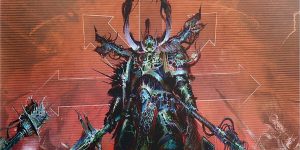
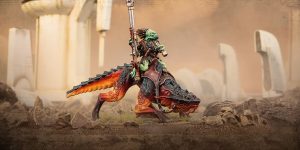
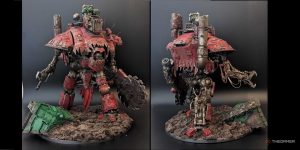
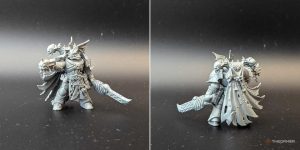
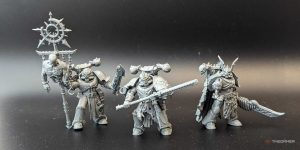
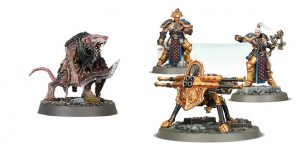
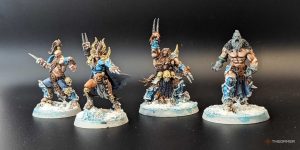

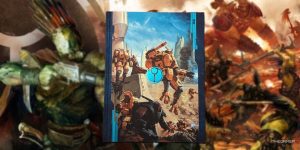
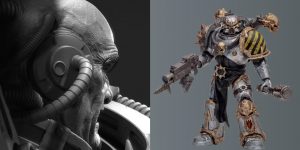
Post Comment